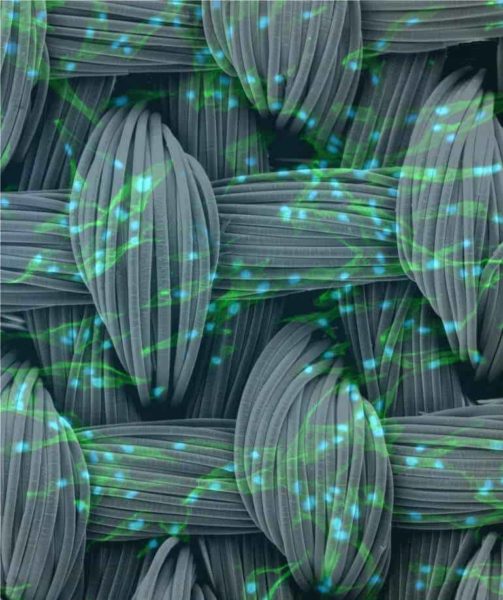Authors cite ‘unsubstantiated, sometimes fraudulent claims’ for cosmetic procedures using stem cells
Advertising claims for cosmetic procedures using stem cells are running far ahead of the scientific evidence for safety and effectiveness, according to a review in the August issue of Plastic and Reconstructive Surgery®, the official medical journal of the American Society of Plastic Surgeons (ASPS).
“Stem cells offer tremendous potential, but the marketplace is saturated with unsubstantiated and sometimes fraudulent claims that may place patients at risk,” write Dr Michael T. Longaker of Stanford University Medical Center and colleagues.
‘Worrying advertisements’ for cosmetic stem cell procedures
Dr Longaker and coauthors raise concerns about the unregulated use of stem cells for unproven indications—including cosmetic procedures. While stem cell therapy “remains in its infancy,” they write, “there are a growing number of cosmetic practitioners that are advertising minimally invasive, stem cell-based rejuvenation procedures.”
The article was prompted by “worrying advertisements” claiming benefits of stem cell procedures for facelifts, breast augmentation—even “stem cell vaginal rejuvenation.” These ads claim benefits from procedures that have not undergone rigorous scientific evaluation—including potential risks related to stem cell and tissue processing and the effects of aging on stem cells.
To gain insight into these claims, Dr Longaker and coauthors performed a Google search for cosmetic stem cell treatments, the most common of which was “stem cell facelifts.” Most procedures used “stem cells” isolated from fat. However, the websites provided little information on the quality of the stem cells used.
Without advanced cell-sorting procedures, these products used in these procedures likely contain many other types of cells besides fat-derived stem cells. Many clinics also offered plasma-rich platelet protein treatments, which they inaccurately marketed as stem cell therapy.
Despite evidence that is “minimal at best,” advertisers are also claiming that their stem cell treatments have “anti-aging effects.” The authors note that procedures marketed as “stem cell facelifts” are often just “lipofilling” procedures—an established fat injection technique with no prolonged anti-aging effect.
Call for plastic surgery to lead in evaluating cosmetic uses of stem cells
To date, just one stem cell procedure for cosmetic purpose has received FDA approval, after extensive evaluation. That product, designed to treat fine facial wrinkles, is undergoing extensive post-approval surveillance. Of more than 100 clinical trials being performed to evaluate fat-derived stem cells, only a handful are focusing on cosmetic treatments.
Stem cells certainly have a role to play in regenerative medicine and cosmetic surgery. The authors note that the ASPS and other specialty groups have formed task forces to develop position statements based on the best available data for procedures using fat-derived stem cells.
“With plastic surgeons at the forefront of stem cell-based regenerative medicine, it is critically important that we provide an example of a rigorous approach to research, data collection, and advertising of stem cell therapies,” Dr Longaker and coauthors conclude. “Stem cells offer tremendous potential for cosmetic applications, but we must be vigilant to avoid unscientific claims which may threaten this nascent field.”
If our reporting has informed or inspired you, please consider making a donation. Every contribution, no matter the size, empowers us to continue delivering accurate, engaging, and trustworthy science and medical news. Independent journalism requires time, effort, and resources—your support ensures we can keep uncovering the stories that matter most to you.
Join us in making knowledge accessible and impactful. Thank you for standing with us!

